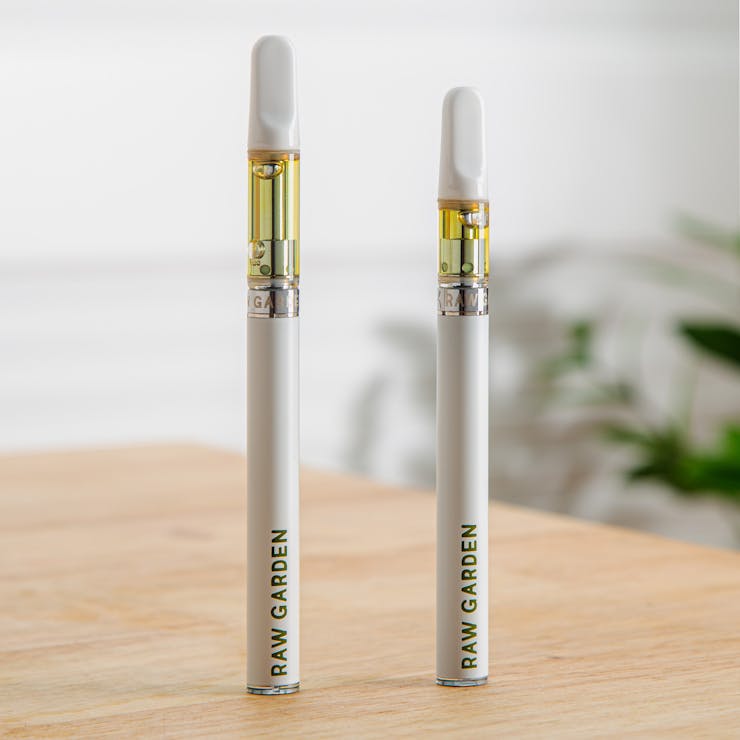Live resin is a cannabis concentrate made from fresh-frozen cannabis plants, in which plants are frozen immediately after harvesting, whereas other extraction processes typically use buds that have been dried and cured. This process ensures a greater retention of terpenes in the finished product.
“The flavor profile really comes out in this live resin.”
Benefits of live resin
When freezing plant directly after harvesting, trichomes stay intact and don’t have the chance to degrade during drying and curing. This gives live resin a higher amount of terpenes compared to extracts that use dried flower.
Because of these higher terpene levels, live resins are extremely fragrant and flavorful. But high terpene levels don’t just make it taste better—more terpenes add to the entourage effect, and the overall experience for the consumer.
Live resins also tend to have a more sauce-like consistency than other concentrates, such as shatter or wax. This thinner consistency makes them easier to handle and ideal for vape cartridges, which is why they have become so popular for consumers and processors in recent years.
What’s the difference between live resin and live rosin?
Live resin is a solvent-based concentrate, made with butane, propane, ethanol, or CO2. Many processors use a proprietary blend of solvents in a closed-loop system to create them. Each solvent has its own benefits and drawbacks, and using a blend of many can mitigate negatives and create a more complex concentrate.
Live rosin is a solventless concentrate. Rosin is a concentrate created from heat and pressure. Flower, kief, or hash is put in a filter bag, the bag is placed in a hydraulic press with heated plates, and the plates compress the cannabis to create rosin. A rosin is considered a live rosin if the starting plant material hasn’t been dried or cured. The benefits are the same as live resin—a higher terpene content, more flavor, and a more pronounced entourage effect.
In short, when you see “live” in front of a concentrate, regardless of how it is processed, it means the starting plant material has not been dried or cured.
